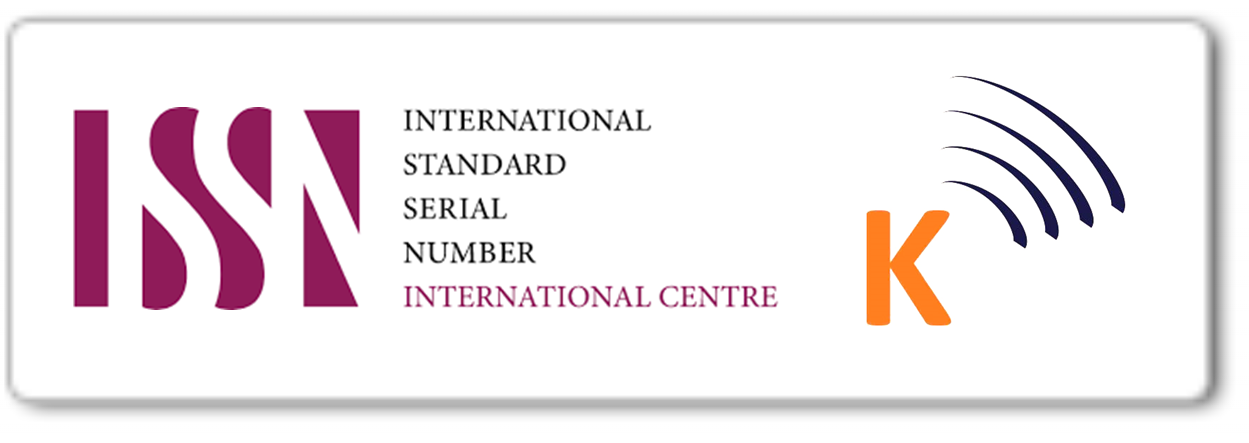UJIAN SECARA ONLINE BAGI PENDIDIKAN TERBUKA DAN JARAK JAUH
Keywords: distance education, online examination
Abstract
Open and Distance Learning (ODL) nowadays becomes a trend in higher education. Course delivery and course materials distribution have already been in electronic form by using information and communication technology (ICT). This technology becomes cheaper and much easier to be used. Indonesia as a nation where its people spread in thousands of islands does not always have face-to-face university in each city. Meanwhile, the need of skilled worker is always increased. ODL then becomes an alternative to educate people by using different way of teaching and learning process. People who have difficulties in accessing face-to-face university can use ODL as an alternative to upgrade their education. The role of ICT in ODL become important since the students can learn by using ICT. The students can also “meet†their colleagues virtually. Meanwhile, it was explored that ICT can be utilized for online examination. Online examination is more efficient, much faster in processing the examination result, and much cheaper in budget. This article discusses many aspects of strength and weakneses which is faced by educational institutions in administering online examinations.
Downloads
References
Adams, A. (1999). The implication of users’ privacy perception on communication and information privacy policies. Dalam Preceedings of telecommunications Policy ResearchConference (pp. 65-67). Alexandria: TPRC. Press.
Adams, A., & Blandford, A. (2003). Security and online learning: To protect or prohibit, dalam Usability Evaluation of Online Learning Programs. Claude Ghaoui, ed.). Hershey: Integrated Book Technology.
Barkley, A.P. (2002). An analysis of online examinations in college courses. Diambil 17 Pebruari 2010 dari http://www.techlearning.com/.
http://proquest.umi.com/pqdweb?index=7&did=1146685491&SrchMode=1&sid=5&Fmt=6&VInst=PROD&VType=PQD&RQT=309&VName=PQD&TS=1266400274&clientId=121000.
Batemen, b. (2000). Talking tech. security and passw***s. Tech Learning (Online Journal) CMP Media, Inc. http://www.techlearning.com/db_area/archives/ WCE/batetek5.ht
Bellotti, V. & Sellen, A. (1993). Designing of privacy in ubiquitous computing environments. Dalam Proceedings of ECSCW’93, the 3rd European Conference on Computer-Supported Co-operative Work (pp.77-92). Milano: Kluwer Academic Press.
Bernardes, J. (2003). Implementing online delivery and learning support systems: Issues, evaluation and lessons, in C. Ghaoui (ed.), Usability Evaluation of Online Learning Programs, London: Integrated Book Technology.
Brinke, D.J. (2009). Improving the validity of assessments in computer based assessment. Diambil tanggal 15 April 2010, dari http://www.ou.nl/Docs/Campagnes/ICDE2009/ Papers/Final_paper_078joostentenbrinke.pdf.
Diotalevi, R.N. (2000). The digital milennium in copyright. Online Journal of Distance Learning Adminstration, 3(2). http://www.westga.eduhttp://www.wes/~distance/ diotalevi32.html.
Gillani, B.B. (2003). Learning theories and the design of e-learning environments. Maryland: University Press of America.
Holmstrom, U. (1999). User-centered design of security software. Proceedings of Human Factors in Telecommunications. Diambil 12 Juni 2002, dari http://impcs3.hhi.de/HFT/HFT99/ design_99.htm#5.
Khare, A. & Lam, H. (2008). Assessing student achievement and progress with online examinations: Some Pedagogical and Technical Issues. Diambil tanggal 17 Pebruary 2010, dari http://proquest.umi.com/pqdweb?index=4&did=1552846401&SrchMode=1&sid= 4&Fmt=6&VInst=PROD&VType=PQD&RQT=309&VName=PQD&TS=1266400023&clientId=121000.
McAlister, M.K., Rivera, J.C., & Hallam, S.F. (2001). Twelve questions to answer before offering a web based curriculum. Journal of Distance learning Administration, 4(3). http://www.westga.edu/~distance/ojdla/summer42/mcalister42.html.
Neumann, P.G. (1995). Computer related risk. New York: ACM Press.
O’Donoghue, J., Jentz, A.,Singh, G., & Molyneux, S. (2000). IT developments and Cahnge in Customer Demand in Higher Education. Asynchronous Learning Networks, 4(1) dari http://www.aln.org/alnweb/magazine/maga_v4_il.htm.
O’Donoghue, J., Singh,G., & Dorward,L. (2001). Virtual education in universities: A technological imperative. British Journal of Educational Technology, 32(5), 517-530.
Preece, J. (2000). Online Communities. Chichester: Willey.
Robertson, P.J. (2005). Online Versus In-Class Faculty Evaluation: Does Mode Really Matter?. Diambil tanggal 17 Pebruary 2010, dari http://proquest.umi.com/pqdweb?index=19&did= 1027494691&SrchMode=1&sid=8&Fmt=6&VInst=PROD&VType=PQD&RQT=309&VName=PQD&TS=1266400919&clientId=121000.
Tim Penulis UT. (2008). Katalog Universitas Terbuka 2009. Jakarta: Universitas Terbuka.
Van Dam, N. (2004). The e–Learning: Field Book. New York: McGraw-Hill.
Whitten, A. & Tygar, J.D. (1999). Why johnny can’t encrypt: A usability evaluation of PGP 5.0. Proceedings of the 8th USENIX Security Symposium. Diambil 12 Juni 2002, dari http://www.cs.cmu.edu/~alma/johny.pdf.







